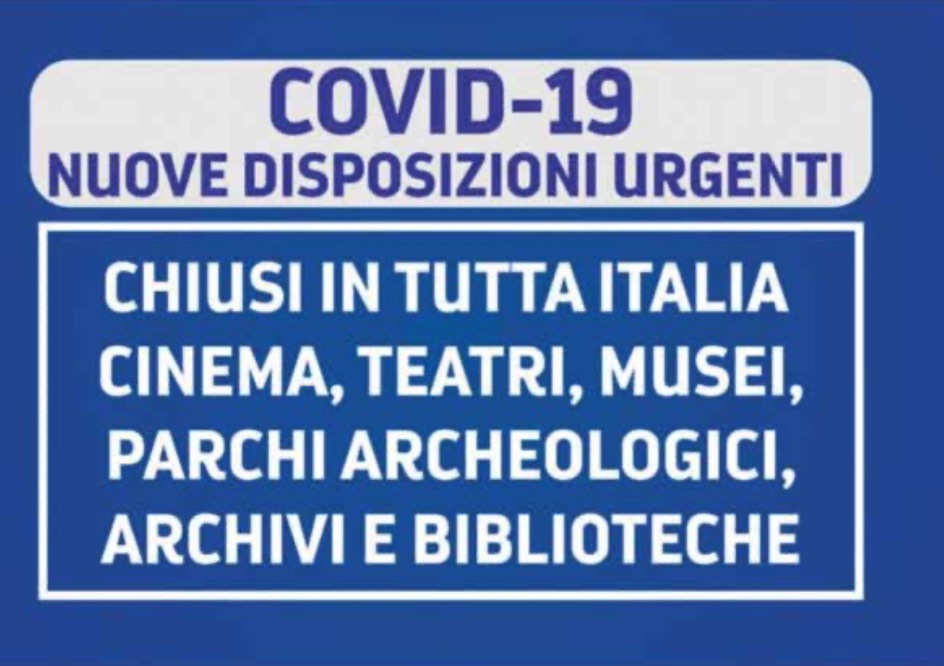In this period where we are slowly coming out of confinement, we are asking ourselves important questions. Mine is simple: do we really want everything to go back to how things were before the emergency? Do we want our museums to go back to what they were before? What was put on pause was not a perfect story but a story that had many blind spots. After listening to so many speeches on inclusion, we know how much work still had to be done by all of us to be able to overcome many prejudices around the accessibility of art and to allow everyone to enjoy works of art not only their copy but also their original version. I believe that when museums do cautiously reopen, we have the opportunity to rethink and accelerate the path for accessibility and inclusion towards that human-centred design principle we all talk about. We all have that feeling of well-being in museums, allowing us to find balance between mind and body. If this is true, it must be so for everyone. Confinement in our homes basically showed us something we had forgotten: slowing things down, silence, relationships. We learned to recognize beauty in small things and to appreciate and reawaken our memories. We knew how important it was because we read it in books but we had not experienced it directly. It also showed us how important remote relationships are, how important the digital world can be in our lives and for the life of museums. I am not interested here in talking about the vicarious relationships of the museum, metaphorically speaking.

Rather, I am interested in the museum as an ecosystem because our period of confinement made us feel how important these spaces of relationships, meetings and experiences are for us. The closure of museums and places of culture such as theatres as well as schools was a brutal awakening. It led us to want to renew with the experiences which we had mostly forgotten. What is happening to us now gives us an extraordinary opportunity to rethink the places that are suddenly freed from the massive and uncontrollable flows of tourists, who had taken away the opportunity to take the necessary time for those who experience such time, attention and instruments in a different manner to understand things.
Over the coming months, we will be able to have the luxury of experimenting museums in different ways to get in touch with the works and the spaces displaying them. Confinement is an exercise in exclusion. If we learn how to read and interpret it, it becomes an opportunity to rethink our museums under an inclusion lens. But are museums ready and willing to accept change?

.jpg)



.png)